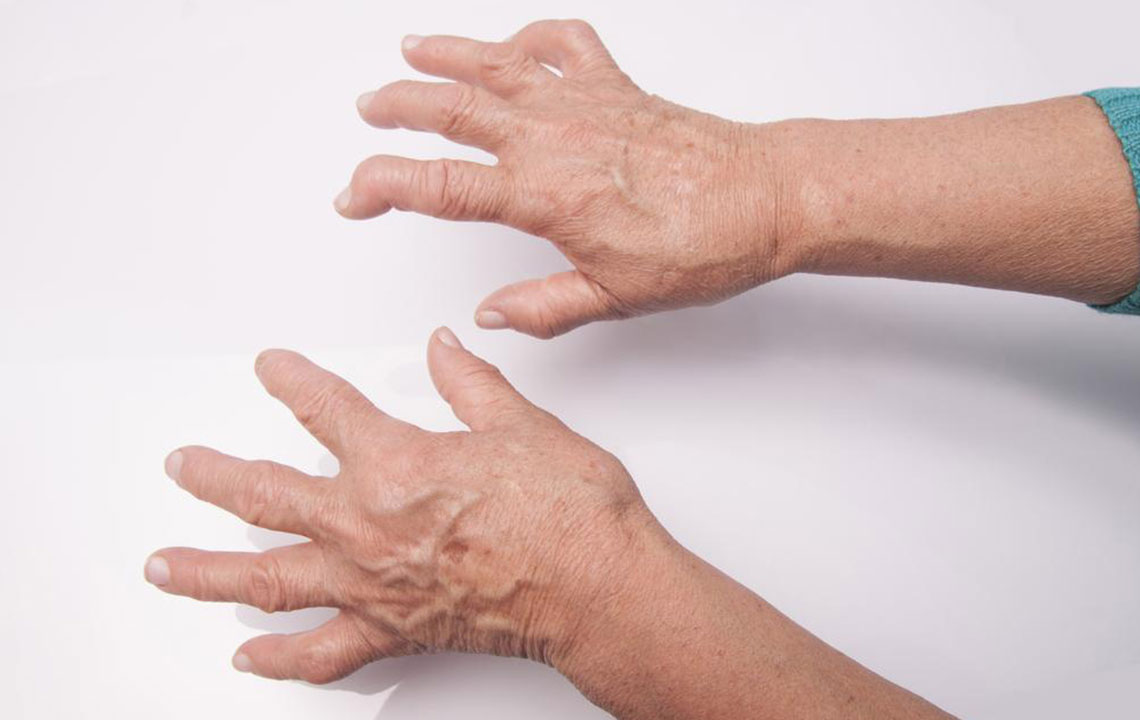Understanding Early Signs and Management of Rheumatoid Arthritis
Learn about the early signs of rheumatoid arthritis, including common symptoms and essential treatment options. Recognizing RA early can prevent serious health issues and improve quality of life. Discover diagnostic procedures and management strategies to effectively address this autoimmune disorder, ensuring timely intervention and optimal health outcomes.

Understanding Early Signs and Management of Rheumatoid Arthritis
Key facts about the early indicators and treatment options for rheumatoid arthritis
Rheumatoid arthritis (RA) is an autoimmune disorder characterized by persistent inflammation of the joints, affecting areas such as the hands, knees, feet, and fingers. Recognizing symptoms early and seeking medical advice is crucial for effective management. In RA, the immune system mistakenly attacks joint tissues, leading to pain, swelling, and potential bone damage. Approximately 1.5 million Americans suffer from RA symptoms, impacting individuals across all age groups and genders.
Women between 30 and 60 years are most commonly affected, though men can develop RA later in life. The disease often appears symmetrically, involving both sides of the body, including wrists, knees, and fingers.
Early diagnosis and prompt treatment are vital to prevent serious health complications, which may include damage to blood vessels, lungs, eyes, mouth, and skin. Elevated inflammation levels can cause vascular issues, respiratory problems like lung inflammation, eye dryness and sensitivity, mouth dryness, skin nodules, and systemic weakness.
The initial signs of rheumatoid arthritis include fatigue, stiffness in the morning, joint pain, swelling, minor joint stiffness, fever, numbness, tingling, and reduced movement range. It's essential to differentiate RA from fibromyalgia, which shares some symptoms such as pain, fatigue, sleep disturbances, and mood changes, but is a distinct condition caused by musculoskeletal pain.
Additional symptoms may encompass difficulty sleeping, chest discomfort, appetite loss, general weakness, dry eyes and mouth, eye discharge, and unexplained weight loss.
If these symptoms occur, consult a healthcare professional. Diagnosis involves a combination of medical history review, physical exam for joint tenderness, blood tests for inflammation and auto-antibodies, and imaging tests like ultrasound to assess joint damage. Treatment options include pain relievers like acetaminophen, NSAIDs such as ibuprofen, and, in some cases, surgical interventions when medications are ineffective. Early intervention is essential to prevent progression and maintain quality of life.
Ignoring RA symptoms can lead to severe health complications and significant discomfort, disrupting daily activities. Proper diagnosis and management are key to controlling this chronic condition.










